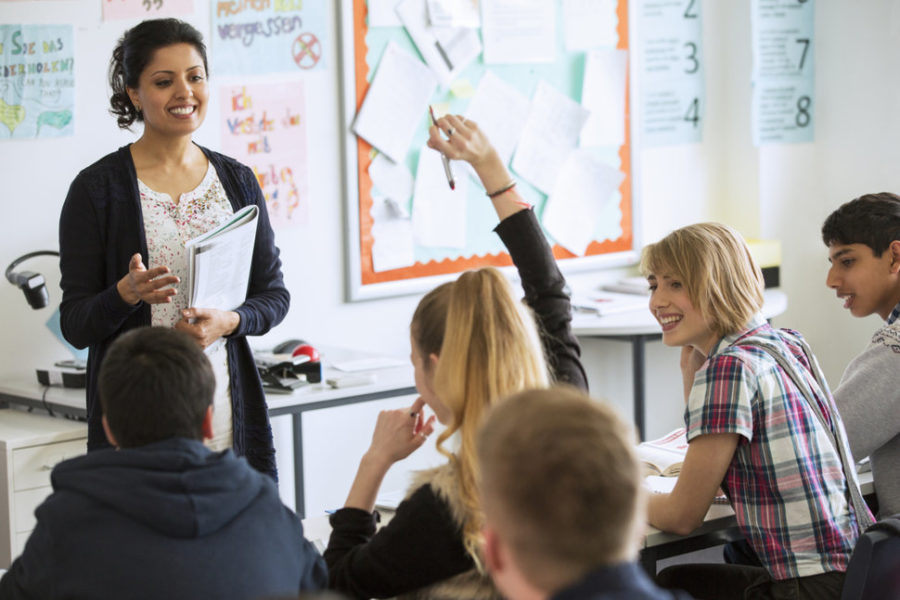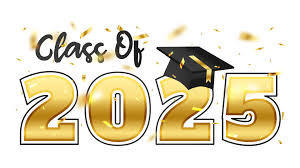The Benefits of Block Scheduling
May 31, 2017
Block scheduling, a method that many high schools have recently opted to integrate into the format of their scheduling, has proven to be beneficial in many different ways. It has not only impacted classrooms from an educational standpoint, but from a student development standpoint as well. Saint John Vianney High School has become a pioneer in its area of the 4 x 4 block scheduling method, which means that students take 4 classes per semester. This type of schedule has proven to lead to the success of a school and its students in many different ways.
The educational impact of block scheduling has affected many schools across the nation with its more practical structure. With only 4 classes a day, block style scheduling increases the amount of time students spend in the classroom. Rather than the traditional 45-50 minute classes, students are in their classes for about 80 minutes. In classes that are 45-50 minutes, it is very difficult for teachers to complete a lesson in its entirety, which prevents students from being able to ask questions and fully grasp the concept. Also, with block scheduling, classes have a tendency to be smaller, which enables more one-on-one interactions with students and teachers in a longer period of time.
Block scheduling also allows for all students to take lunch at the same time, which allows time for teachers to offer extra help. Lunch is also a time when clubs can meet, giving students a chance to be more involved. Marie Decarlo, a sophomore at Saint John Vianney High School, shares, “Being able to go to clubs during lunch has helped me to be a more active participant in school. Also, with sports, it is impossible to attend meetings after school. By having everything at lunch, it is much more convenient.”
Additionally, block scheduling allows for a more personalized educational experience. Teachers have less students in the classroom at a time and are able to become familiar with their students and their abilities, which can improve the quality of learning and the overall experience in the classroom. Mrs. Margaret Kane, the assistant principal of academics at Saint John Vianney High School, explains, “Block scheduling allows a student to immerse themselves in a topic and truly grasp the concepts taught each day.” Lastly, the organization of the scheduling provides students with the opportunity to take more courses. By doing this, students can take more classes in a subject area that they are interested in or wish to pursue after graduation.
From a student development standpoint, block scheduling lightens the workload for students and helps them to direct all of their focus on their four classes. This is most beneficial during finals because rather than having seven or eight finals to study for, students have four, which in turn can lead to better final grades Also, block scheduling is modeled similarly to the format of college scheduling, which makes the transition for high school students more smooth when going into college in terms of the length of classes and the format of semesters.
Socially, block scheduling provides students with an advantage because they have the opportunity to take more classes pertaining to the area that they are interested in, which introduces them to students who also share the same interests. For instance, if a student is interested in math, they have enough availability in their schedule to take two different levels of math classes in one year with their peers who are also following a similar path.
There are many amazing benefits of block scheduling in a high school environment from both an educational perspective and a student development perspective. The combination of longer classes, smaller class sizes, opportunities for tutoring, and an overall personalized experience helps to make students successful. Outside of the classroom, with a reduced workload, ability to take more classes, a smooth transition into college, and a unique social experience, block scheduling positively impacts a student’s experience in high school while preparing them for the future.






